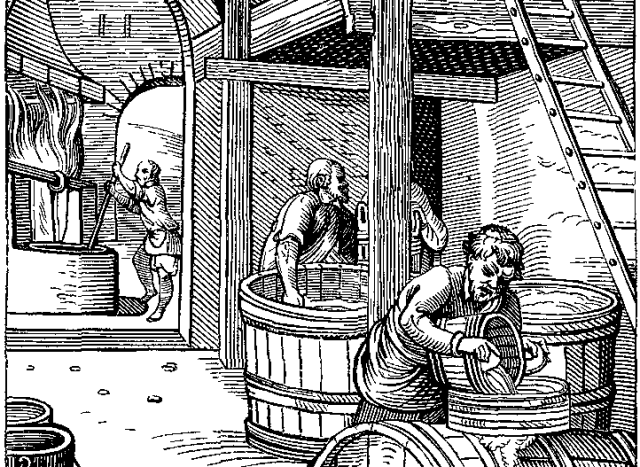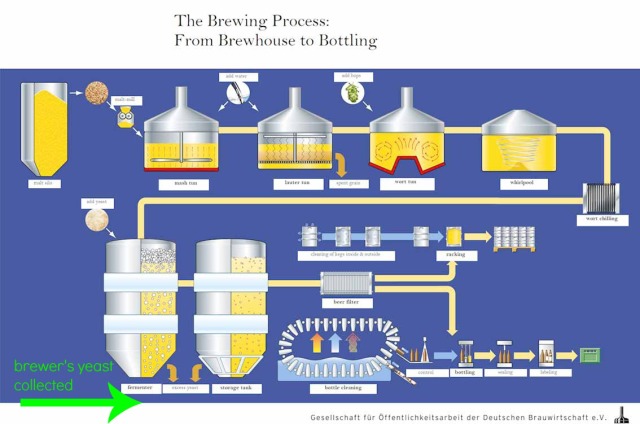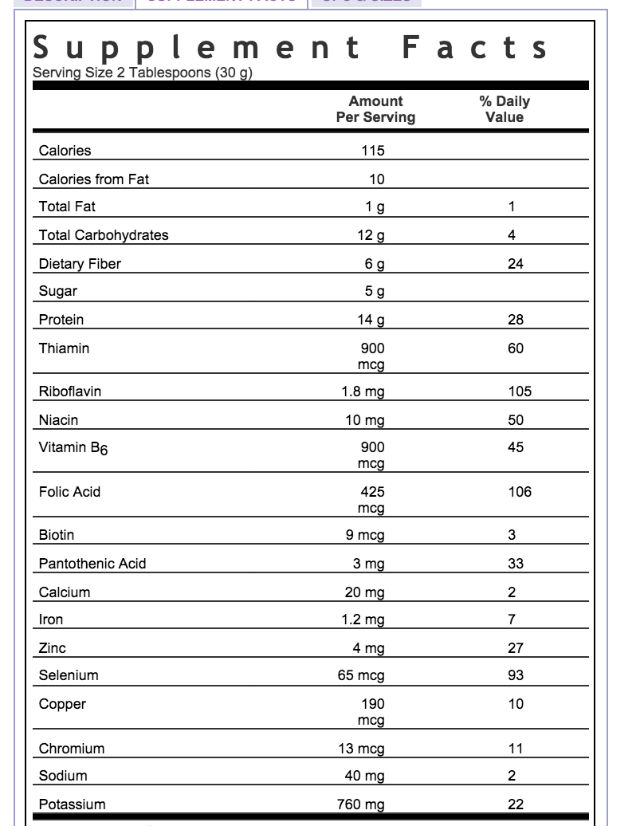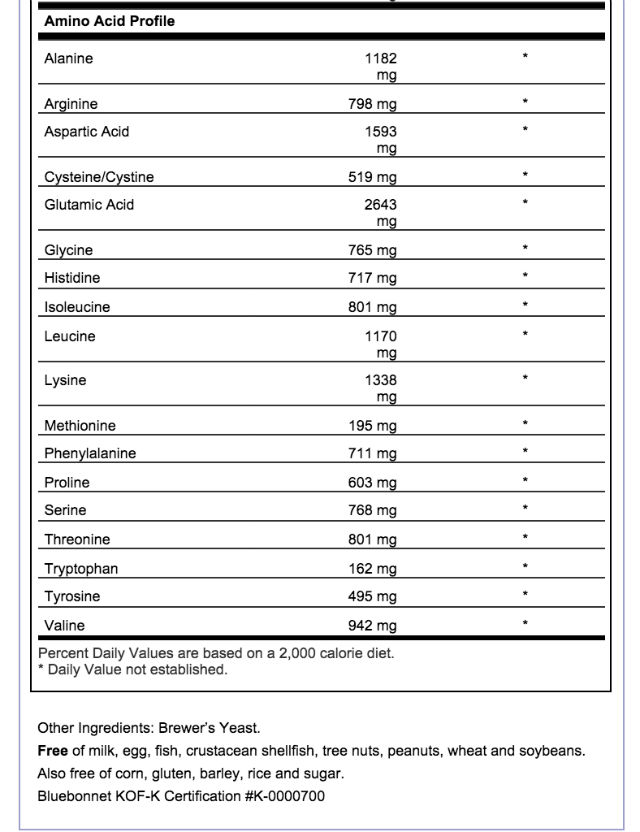When I was 17, I got the kissing disease — mononucleosis — and I couldn’t seem to get better. I was in my senior year of high school, secretary of the Student Body, and I developed a sore throat that was larger than life. I couldn’t turn my neck without pain. I even took my stupid college entrance exams while sick.
I stayed out of school for a semester and spent a lot of time on the couch in front of the TV. In 1972, we didn’t have much to choose from on daytime television and I soon became tired of being sick and tired. I hated sitting around, and thus took up leather-crafting and baking along with my sitting around. My dad worried about my spleen — a possible complication of mononucleosis.
After about three months, by medical standards I was well. But I didn’t feel that well. That’s when I started reading nutrition books (Adelle Davis) and buying herbs and vitamins. I think I can attribute my full recovery to a nasty concoction that I stirred up every morning. I wouldn’t go a day without it. The nasty stuff was called Brewer’s yeast and I mixed a tablespoon of the powder in a small glass of grapefruit juice. The tart juice helped mask the bitter brewer’s yeast.
I got better. I felt great. And I didn’t want to give up the brewer’s yeast. I’m thinking of giving it a shot again. No, I don’t have mono, I just want to feel tip top. Time to roll back the clock.
So, what’s in the brewer’s yeast?
Back in 1972, the powdery supplement called brewer’s yeast was derived from the making of beer — which involves grains, malt, dried hops, and a species of active yeast — a one-celled fungus called Saccharomyces cerevisiae. The yeast causes the fermentation and after the beer is filtered, the sediment is collected and dried. This by-product sediment is sold as the nutritional supplement called “brewer’s yeast.”
In 1902, the German chemist, Justus Lieberg discovered that the spent yeast could be used as a nutritional supplement.
The hops flavors the beer, but it’s very bitter in the resultant brewer’s yeast. Hence the nasty flavor (even in a glass of grapefruit juice.) Today, some of the brewer’s yeasts sold as nutritional supplements are made from fermented beets which eliminates the bitter hops taste. I don’t know what they do with the alcoholic beet juice. But the taste is supposed to be milder. I think I will give it a try. You can get the Solgar brand at Amazon. Here’s another brand on Amazon. I’ll probably still put it in grapefruit juice. And only a tablespoon.
Brewer’s yeast is a source of minerals, particularly chromium, but also selenium, protein, and the B-complex vitamins — B1 (thiamine), B2 (riboflavin), B3 (niacin), B5 (pantothenic acid), B6 (pyridoxine), B9 (folic acid), and H or B7 (biotin). It has amino acids as well. And Iron.
A study in 2000 showed that brewer’s yeast is helpful for those with type 2 diabetes. The chromium gives better control of glucose and lipid levels. Some subjects no longer needed insulin, others were able to reduce the amount of insulin they were taking. So if you are diabetic, check with your doctor first before taking this supplement.
Another benefit — it may improve your cholesterol levels — lower the LDL and raise the HDL.
And, I can vouch for it — if you have mononucleosis.
Disclosure: Some of the links in this post are affiliate links, meaning that if you click on one of the links and purchase an item, I may receive a commission.




